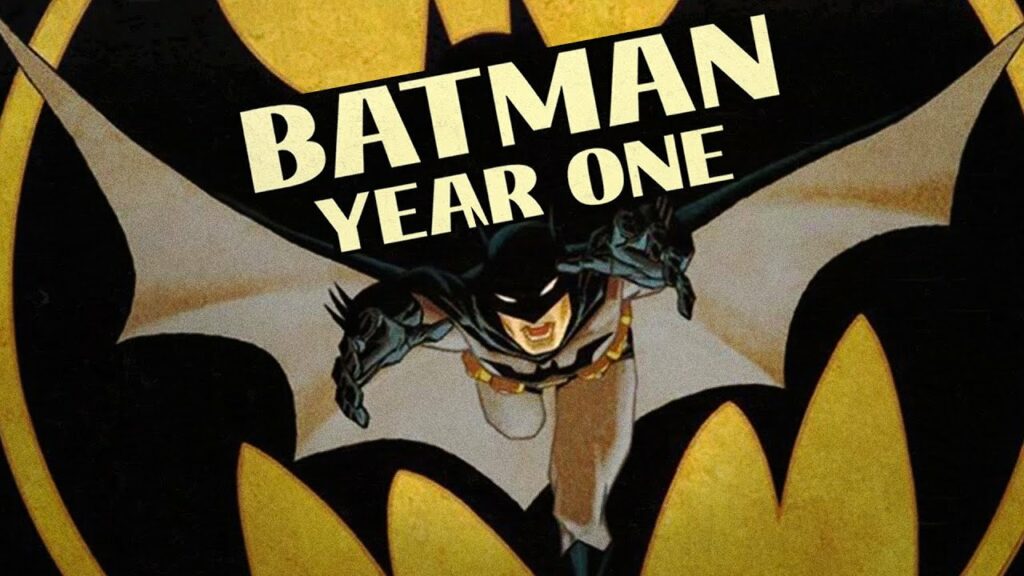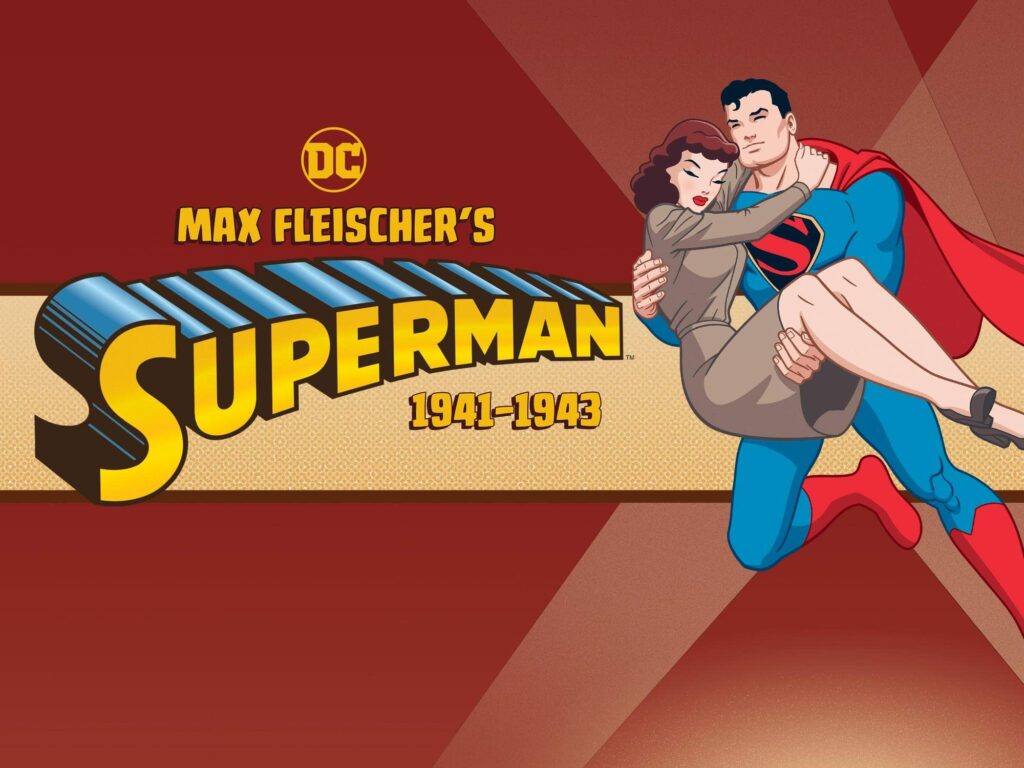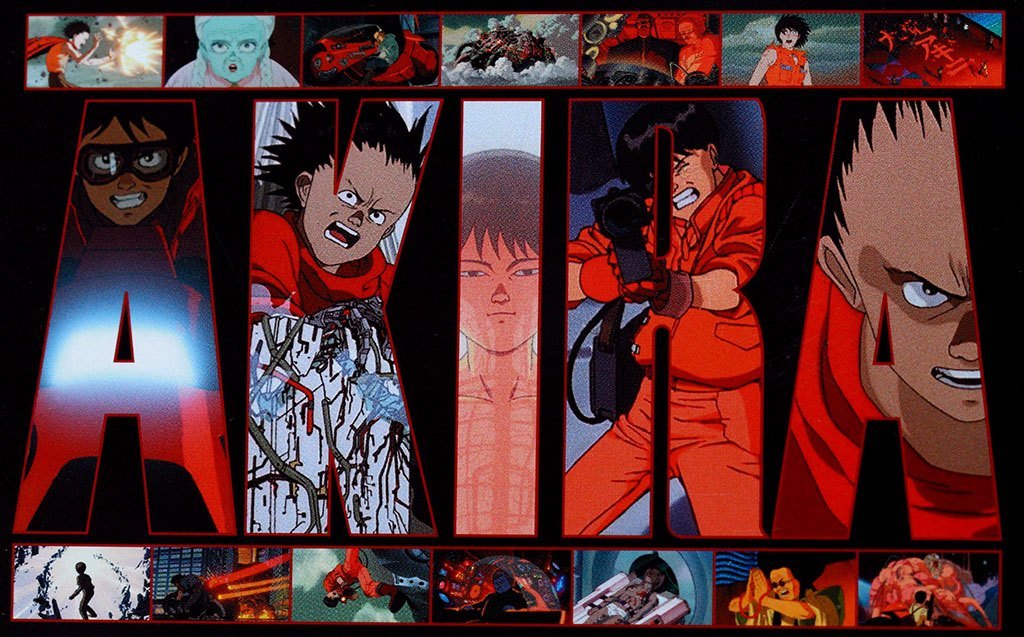Comics and animation are two closely related art forms that have been influencing each other for over a century. Both mediums use sequential art to tell stories, and they rely on the use of images to convey emotion and action. However, there are key differences between comics and animation.
One of the biggest differences is that comics are static, while animation is dynamic. Comics are essentially a series of still images that are meant to be read in sequence, while animation is a series of moving images that create the illusion of motion. This difference in format has a number of implications for the way that stories are told in comics and animation.
For example, comics are often better suited for telling stories that are more character-driven or introspective. This is because comics can give readers more time to linger on each image and to absorb the nuances of the characters’ expressions and body language. Animation, on the other hand, is often better suited for telling stories that are more action-oriented or visually exciting. This is because animation can use its dynamic visuals to create a sense of excitement and suspense.
Another difference between comics and animation is the way that they are created. Comics are typically created by a single artist or team of artists, while animation is often created by a team of animators, writers, and technicians. This difference in production process means that comics are often more personal and idiosyncratic, while animation is often more polished and professional.
Despite their differences, comics and animation have a long and mutually beneficial relationship. Comics have inspired many animated films and television shows, and animation has helped to bring comics to a wider audience. Many of the most popular animated characters, such as Superman, Batman, and Spider-Man, originated in comic books. Apart from this, comics and animation relate in the following ways:
1. Source Material

Comics provide a wealth of source material for animated films and television shows. Many of the most popular animated characters, such as Superman, Batman, and Spider-Man, originated in comic books. This means that there is a large library of pre-existing stories and characters that can be adapted into animated form.
2. Training
The skills that are needed to create comics, such as drawing, storytelling, and pacing, are also essential for animation. This means that comics can be a great way to train animators. By studying the work of comic book artists, animators can learn how to create compelling visuals and tell engaging stories.
3. Inspiration
The creativity and imagination that is found in comics can spark new ideas for animated films and television shows. This is because comics often push the boundaries of what is possible in terms of storytelling and visual art. By looking to comics for inspiration, animators can come up with new and innovative ways to tell stories.
In recent years, there has been a growing trend of cross-pollination between the two mediums, with comics being adapted into animated films and television shows, and animation being used to create motion comics.

This trend is likely to continue in the future, as comics and animation continue to evolve and find new ways to tell stories. Both mediums have a unique ability to capture the imagination of audiences, and they are both constantly pushing the boundaries of what is possible. As a result, they are sure to continue to entertain and inspire people for many years to come.
Here are some examples of how comics and animation have influenced each other:
- The Fleischer Studios’ Superman cartoons of the 1940s were inspired by the popular comic book character.
- The anime series Akira was based on the manga of the same name.
- The motion comic adaptation of Watchmen brought the graphic novel to life in a new way.
- The film Spider-Man: Into the Spider-Verse used animation to explore the multiverse in a way that would not have been possible in live-action.

These are just a few examples of the many ways that comics and animation have influenced each other. As these two mediums continue to evolve, it will be interesting to see how they continue to interact and inspire each other.
